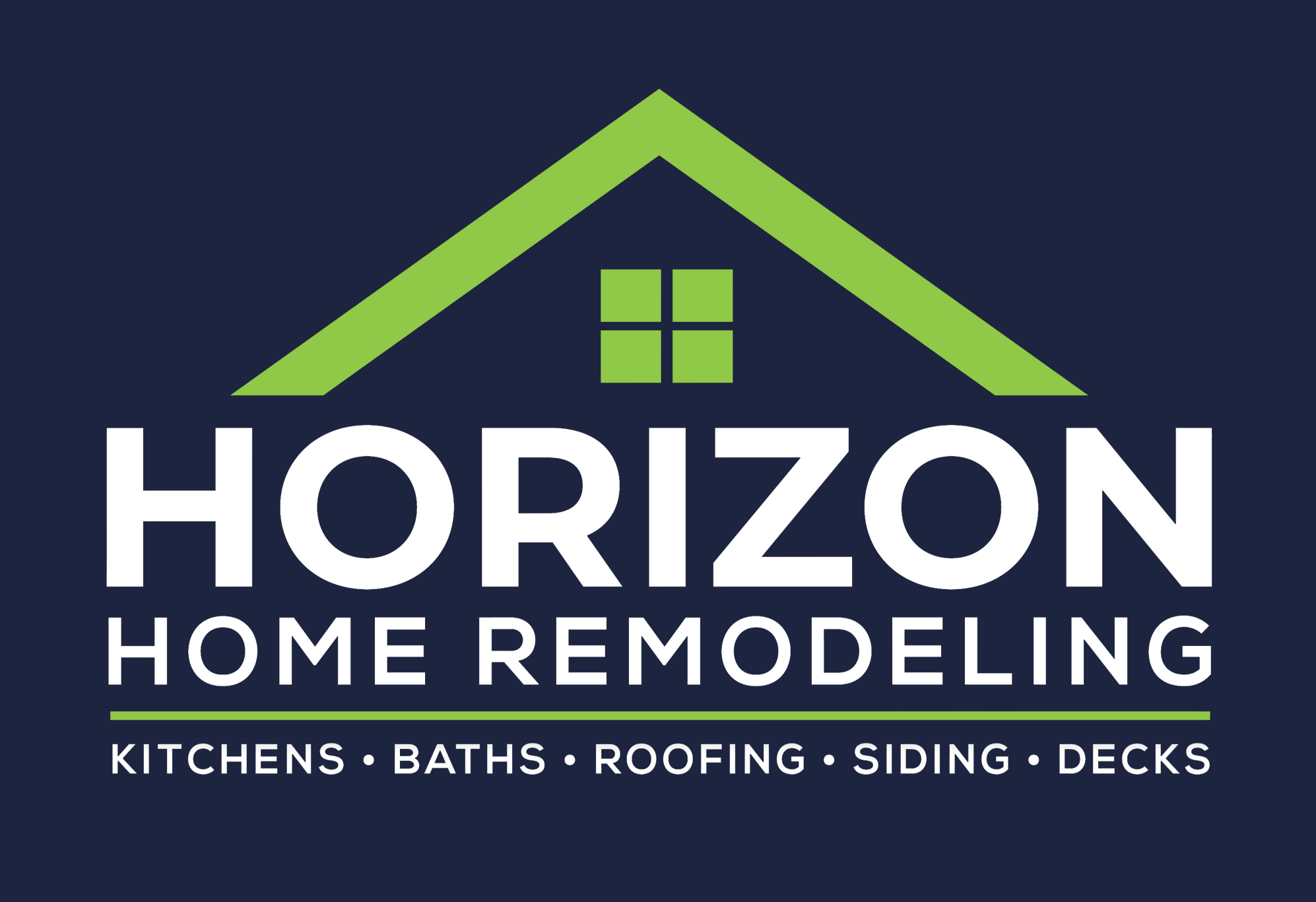Walk-in showers have become a popular choice for homeowners looking to upgrade their bathrooms. Combining convenience with a sleek design, these showers offer a modern solution for bathing. However, before making a decision, it’s essential to weigh the pros and cons. This article delves into the benefits, drawbacks, and vital considerations regarding walk-in showers.
What Is a Walk-In Shower?
Walk-in showers are designed without any door or curtain, allowing for easy access. They typically feature a low or no threshold, making them accessible for everyone, including children and the elderly. These showers often utilize stylish tiles, glass enclosures, and advanced water fixtures to create a spa-like ambiance.
Benefits of Walk-In Showers
Increased Accessibility
One of the most significant advantages of walk-in showers is their accessibility. This feature is particularly beneficial for individuals with mobility issues or the elderly.
- No Threshold: The absence of a threshold eliminates the risk of tripping, making it much safer.
- Space-Saving: Walk-in showers can often make a bathroom feel more spacious compared to traditional shower-tub combos.
Enhanced Aesthetics
Walk-in showers embody modern design principles, making them visually appealing.
- Custom Design: Homeowners can choose from various materials, colors, and styles to match their bathroom decor.
- Open Concept: The open design can make smaller bathrooms appear larger and more inviting.
Increased Home Value
Investing in a walk-in shower can enhance your home’s resale value. According to a survey by the National Association of Realtors, updated bathrooms can yield a return on investment of about 50% to 60%.
Easier Cleaning
With fewer nooks and crannies, walk-in showers are generally easier to clean compared to traditional models.
- Less Maintenance: Fewer fittings mean less grime buildup and easier scrubbing.
- Sleek Surfaces: Smooth surfaces can be wiped clean more effortlessly.
Drawbacks of Walk-In Showers
Water Spillage
One notable downside of walk-in showers is the potential for water to escape the shower area, leading to wet floors and increased maintenance.
- Design Considerations: Specific designs can mitigate this issue, but it requires thoughtful planning.
- Need for Drainage: Proper drainage systems must be in place to handle any water runoff.
Cost Implications
While walk-in showers can increase home value, they also come with higher initial costs compared to traditional showers.
- Installation Fees: High-quality materials and professional installation can add to overall expenses.
- Custom Features: Special features like rainfall showerheads or built-in shelves can further increase costs.
Temperature Control
Walk-in showers may present challenges in maintaining consistent water temperature, especially in open layouts.
- Ventilation Issues: Poorly designed ventilation may lead to rapid temperature fluctuations.
- Water Flow: The flow may require readjusting, particularly if multiple fixtures are in use.
Key Design Considerations
Selecting the Right Location
Choosing the best location in your bathroom for a walk-in shower is crucial. Ideally, it should have ample natural light and direct access to plumbing.
Choosing Materials and Finishes
The materials chosen for your walk-in shower can significantly impact its look and functionality. Popular options include:
- Tiles: Ceramic, porcelain, and stone tiles offer versatility in design.
- Glass: Glass panels provide an elegant, spacious feel while keeping water contained.
- Fixtures: Stylish faucets and showerheads can enhance the overall aesthetic.
Accessibility Features
Consider incorporating accessibility features if needed:
- Grab Bars: These can assist with stability.
- Built-In Seats: A convenient option for those with mobility issues.
Case Study: Walk-In Shower in Action
The Smith Family Home
The Smith family decided to renovate their bathroom, opting for a walk-in shower to accommodate their aging parents. Here’s how it turned out:
- Design Choice: They selected a frameless glass shower with a pebble floor for a natural look.
- Accessibility Features: The shower included grab bars and a built-in seat for comfort.
- Feedback: Not only did their parents find it easier to use, but the sleek design also impressed their guests, increasing home value.
Design Outcome
The Smiths reported a significant decrease in bathroom accidents, with 80% of family members preferring the new setup over the previous tub.
Summary: Weighing Convenience and Style
Walk-in showers embody a blend of convenience and style that can transform any bathroom. They provide enhanced accessibility, aesthetic appeal, and increased home value, all while simplifying cleaning tasks. However, potential drawbacks such as water spillage and higher costs make it crucial for homeowners to evaluate their needs and preferences carefully.
When considering a walk-in shower, think about your design choices, required features, and overall maintenance. Doing so will help ensure that your bathroom upgrade meets both functional and aesthetic objectives. Overall, walk-in showers represent a modern bathroom solution that can cater to a variety of lifestyles and needs.



